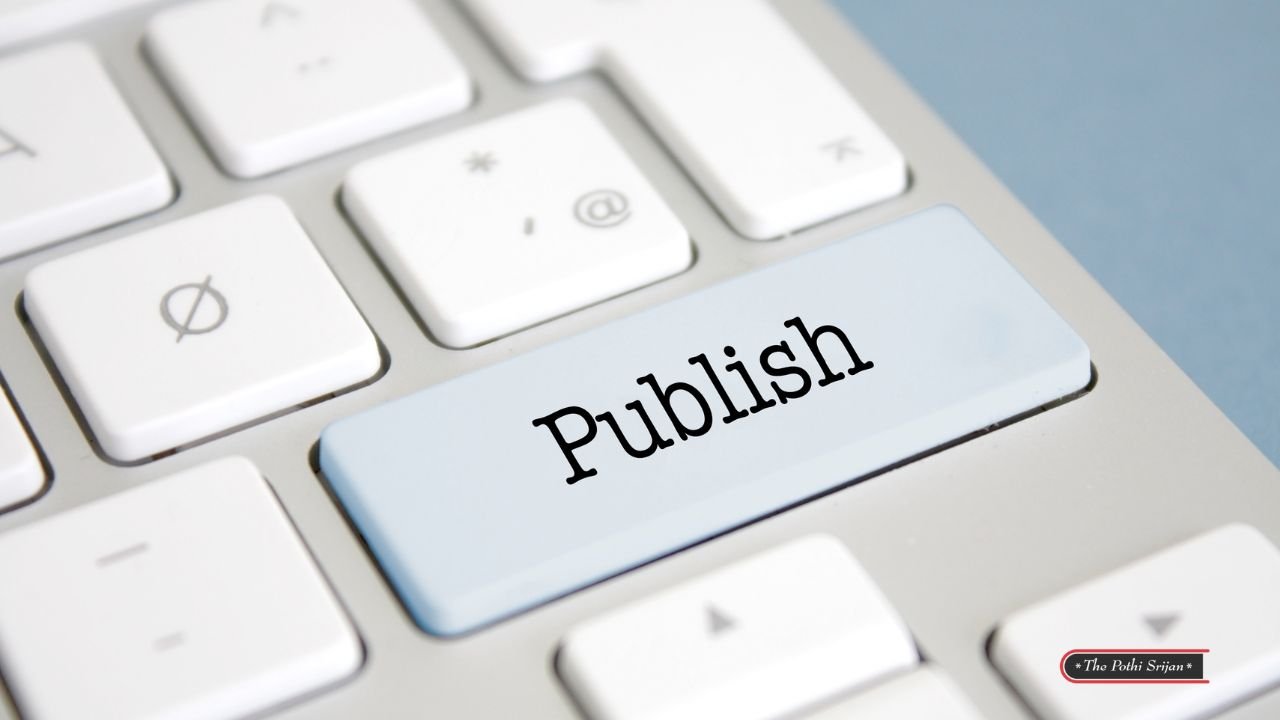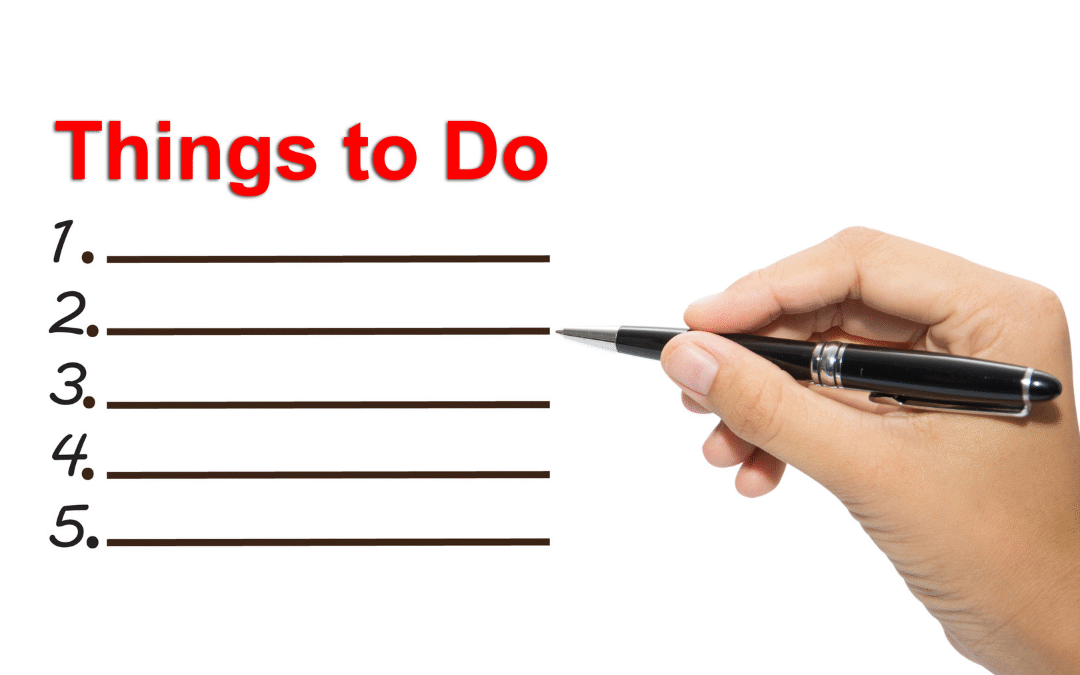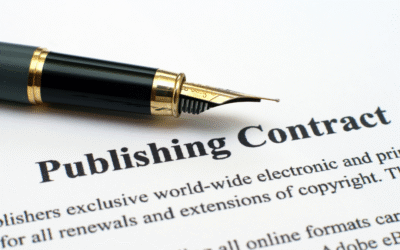Publish your masterpiece with confidence by following this comprehensive guide I’ve crafted for aspiring authors like you. Inside, I will walk you through the imperative steps, from developing your manuscript to navigating the intricate world of self-publishing. You’ll discover valuable tips to avoid common pitfalls and gain insights into the marketing strategies that can elevate your book’s reach. Whether a seasoned writer or a first-timer, I’m here to help you turn your dream of becoming an author into a reality.
Key Takeaways:
- Self-Publishing Process: Understanding the various steps involved in self-publishing, including writing, editing, designing, and marketing your book, is crucial for aspiring authors.
- Marketing Strategies: Effective marketing strategies are imperative to ensure your book reaches its target audience and achieves sales success.
- Author Resources: Utilizing available resources, such as writing communities, publishing platforms, and promotional tools, can significantly enhance your publishing journey.
Understanding the Publishing Process
While navigating the publishing landscape can seem daunting, it’s crucial to grasp the various stages that accompany bringing your book to life. From editing and formatting to distribution and marketing, each phase plays a vital role in ensuring your work reaches its intended audience. Understanding these steps not only demystifies the process but also empowers you to make informed decisions as you launch on your publishing journey.
How to Choose Between Traditional and Self-Publishing
Even as you contemplate bringing your manuscript to the world, the decision between traditional and self-publishing is crucial. Traditional publishing offers benefits like professional editing and marketing support, while self-publishing grants you complete creative control and potentially higher royalties. Weighing these options carefully will enable you to align your goals with your publishing route.
Key Factors Influencing Your Publishing Decision
Decision-making in publishing is complex and requires careful reflection on several key factors. Considerations include your time commitment, financial investment, and personal goals. Each choice comes with its advantages and disadvantages:
- Time Commitment: How quickly do you want to publish?
- Financial Investment: Are you prepared to invest your own money?
- Personal Goals: Are you aiming for commercial success or personal fulfillment?
Any choice you make will significantly affect your journey as an author.
With the right perspective, understanding the key factors influencing your publishing decision can enhance your strategy. Weigh the benefits and drawbacks of each option meticulously, delving into aspects such as:
- Market Reach: Evaluate the potential audience.
- Distribution Channels: What are your options for getting your book into readers’ hands?
- Creative Freedom: How much control do you want over your content?
Any factor you consider can lead to a more informed and satisfying publishing experience.
Writing Your Manuscript
If you’re ready to begin on your publishing journey, the first crucial step is writing your manuscript. This initial phase can be both exciting and intimidating, but remember, every best-selling author started with a blank page. Focus on developing your ideas and let your creativity flow; the key is to stay committed to your vision and allow your unique voice to shine through the pages.
How to Develop a Writing Routine
There’s no one-size-fits-all approach when it comes to establishing a writing routine. Find a schedule that fits your lifestyle, whether it’s early mornings or late nights. Consistency is key—set specific goals for daily or weekly word counts to keep yourself accountable and ensure steady progress on your manuscript.
Tips for Editing and Revising Your Work
You should never underestimate the power of editing and revising. It is necessary to refine your work to present the best version of your manuscript. Here are a few tips to guide you through this process:
- Take a break after completing your first draft to gain fresh perspective.
- Read your manuscript aloud to catch awkward phrasing and grammar errors.
- Solicit feedback from beta readers or trusted peers.
- Make use of editing software for initial proofing.
Assume that revision is an ongoing cycle; the more you refine your work, the stronger it’ll become.
For instance, consider the necessary stages of editing. Initially, focus on structural changes, ensuring your plot flows logically. Next, polish your language by tightening sentences and eliminating jargon. At the final stage, pay attention to grammar and punctuation errors that can detract from your message. Here’s what to keep in mind:
- Be your own toughest critic.
- Edit with clarity and conciseness in mind.
- Maintain your voice while considering reader feedback.
- Don’t be afraid of multiple revisions!
Assume that thorough editing can significantly elevate your manuscript and enhance its market potential.
Designing Your Book
Keep in mind that the design of your book is just as important as the content. A well-thought-out design can set your book apart and grab the attention of readers. From the cover to the interior layout, every detail plays a role in how your book is perceived. Investing time and effort into the design will enhance your work’s overall appeal and professionalism.
How to Create an Eye-Catching Cover
One of the crucial aspects of your book’s success is its cover. A captivating cover can entice potential readers and leave a lasting impression. Consider collaborating with a professional designer who understands your genre and can bring your vision to life. Ensure that the cover art aligns with your book’s themes and is easily recognizable.
Tips for Formatting Your Manuscript
To create a polished and professional-looking manuscript, proper formatting is crucial. Here are some key tips to keep in mind:
- Font choice: Use a legible font like Times New Roman or Arial.
- Margins and spacing: Standard 1-inch margins with 1.5 line spacing improve readability.
- Page numbers: Include them for easy navigation.
The formatting choices you make profoundly impact how your content is received.
For instance, proper formatting not only enhances readability but also demonstrates your professionalism to publishers and readers. Remember to pay attention to details:
- Chapters: Begin each chapter on a new page.
- Paragraph indentation: Use consistent indentation to separate paragraphs.
- Headings: Make use of bold and larger fonts for chapter titles.
The correct formatting can make your manuscript more appealing and easier to read.
Navigating the Publishing Landscape
Many aspiring authors feel overwhelmed when confronted with the various options in the publishing landscape. Whether you choose traditional publishing, self-publishing, or hybrid models, understanding the ins and outs of each path can significantly impact your success. It’s imperative to familiarize yourself with the nuances of the industry, including the roles of literary agents and publishers, to make informed decisions that align with your publishing goals.
How to Research Literary Agents and Publishers
Research is crucial when it comes to finding the right literary agents and publishers for your manuscript. Start by identifying agents or publishers who specialize in your genre, as they are more likely to appreciate your work. Utilize platforms like Writer’s Market, QueryTracker, and social media to find reputable representatives and their submission guidelines, ensuring your approach is professional and tailored to their specific preferences.
Tips for Approaching Publishers and Agents
Landscape your approach to publishers and agents with careful strategy and foresight. Here are some key tips to consider:
- Understand their submission guidelines.
- Personalize your query letters.
- Prepare a strong book proposal.
- Be patient and persistent.
The right approach can set you apart from the competition.
For instance, whether you’re submitting a query letter or a book proposal, it’s important to include strong elements that showcase your work effectively. Your query letters should be concise and engaging, clearly conveying your story’s hook while giving a brief overview of your credentials as an author. Always read each agent’s or publisher’s submission guidelines carefully to avoid mistakes that could jeopardize your chances. Networking can also play a pivotal role in getting your foot in the door. The right connections can lead to introductions that enhance your chances of success.
Marketing and Promotion
Now that you’ve penned your masterpiece, it’s time to ensure it reaches your target audience. Effective marketing and promotion strategies are crucial for standing out in a crowded literary marketplace. You need to create buzz around your book and encourage readers to engage with your work. Establishing a strong marketing plan can help you maximize your book’s visibility and drive sales.
How to Develop a Marketing Plan
If you’re serious about promoting your book, creating a detailed marketing plan is crucial. Start by identifying your target audience, setting clear goals, and allocating your budget wisely. Consider the best channels for reaching your audience, whether it’s through social media, email marketing, or local events. Regularly evaluate your strategy to ensure it aligns with your objectives.
Tips for Using Social Media to Promote Your Book
To leverage social media effectively, focus on platforms where your target audience actively engages. Create a content calendar to maintain a consistent posting schedule and engage with your audience through comments and direct messages. Be sure to share exclusive content, such as behind-the-scenes glimpses or author Q&As, to create excitement around your book. Here’s a quick list of strategies to consider:
- Share book excerpts and visuals
- Run contests or giveaways
- Engage with followers through polls and questions
- Collaborate with influencers in your genre
Thou should remember that consistent efforts in social media marketing can greatly enhance your book’s visibility and reader engagement.
Tips for promoting your book on social media include cultivating a unique author voice and being authentic in your interactions. Remember to share valuable content that resonates with your audience rather than just self-promotion. Utilize hashtags to increase the discoverability of your posts and connect with fellow authors and readers. Here’s a list to guide you:
- Use visuals to capture attention
- Post regularly and consistently
- Engage with your audience to build a community
- Track your analytics to refine your strategy
Thou should be mindful that authenticity and genuine engagement can foster a loyal fanbase that will support your writing journey.
Tracking Your Book’s Success
Your journey as an author goes beyond just the writing process; tracking the success of your book is crucial for growth and improvement. By carefully assessing your book’s sales and reader feedback, you can make informed decisions about future projects and marketing strategies. Understanding how your book is performing in the market empowers you to adapt and flourish as an author.
How to Monitor Sales and Feedback
For effective tracking, utilize tools such as sales dashboards available on platforms like Amazon KDP, and engage with readers through social media and reviews. Tracking sales numbers and gathering honest feedback helps you gauge your book’s market performance and reader satisfaction.
Tips for Engaging with Your Readers
You can foster a strong connection with your audience by following these key strategies:
- Respond promptly to reader queries.
- Create engaging content on social media.
- Host live readings or Q&A sessions.
- Regularly share updates on your writing process.
Knowing how to engage effectively will create a loyal readership.
Engaging with your readers is imperative in building a community around your book. You should consider starting a newsletter to keep readers informed and excited. Encourage reader interaction with polls and questions on your social media platforms, reinforcing their investment in your work. Additionally, offering exclusive content or sneak peeks can significantly enhance reader engagement and drive word-of-mouth promotion. Knowing your audience’s preferences can help you tailor your content, making your readers feel valued and motivated to support your writing journey.
To wrap up
The journey to publishing your own book is both challenging and rewarding, and I hope this guide has equipped you with the necessary knowledge and tools you need. As an aspiring author, it’s crucial to understand every step from writing to marketing your book effectively. Be mindful of, your voice matters, and sharing your story with the world can create a lasting impact. Embrace the process, stay persistent, and I believe you will find success in publishing your own book.
FAQ
Q: What topics are covered in ‘Publish Your Own Book – The Ultimate Guide for Aspiring Authors’?
A: This comprehensive guide covers a wide range of topics crucial for aspiring authors looking to publish their own books. It includes steps on how to write and edit your manuscript, choosing the right publishing route (traditional vs. self-publishing), understanding copyright and ISBNs, designing an effective book cover, marketing strategies for your book, and tips on building your author platform. The guide also provides valuable insights on handling reviews and engaging with readers.
Q: Is this guide suitable for both fiction and non-fiction authors?
A: Yes, ‘Publish Your Own Book – The Ultimate Guide for Aspiring Authors’ is designed to be useful for authors of all genres, including both fiction and non-fiction. The principles of publishing remain largely the same across different genres, and the guide offers tailored advice applicable to various types of writing, whether you’re crafting a novel, a memoir, or a self-help book. Examples and case studies from both fiction and non-fiction authors are included to illustrate key points.
Q: Can I find resources for self-publishing in this guide?
A: Absolutely! The guide includes extensive resources specifically focused on self-publishing. It walks authors through the entire self-publishing process, from formatting your manuscript for different platforms to choosing the right self-publishing service. Additionally, it provides a list of recommended tools, such as editing software, cover design tools, and platforms for distribution. The guide empowers authors with knowledge on how to effectively manage the self-publishing journey with confidence and professionalism.








